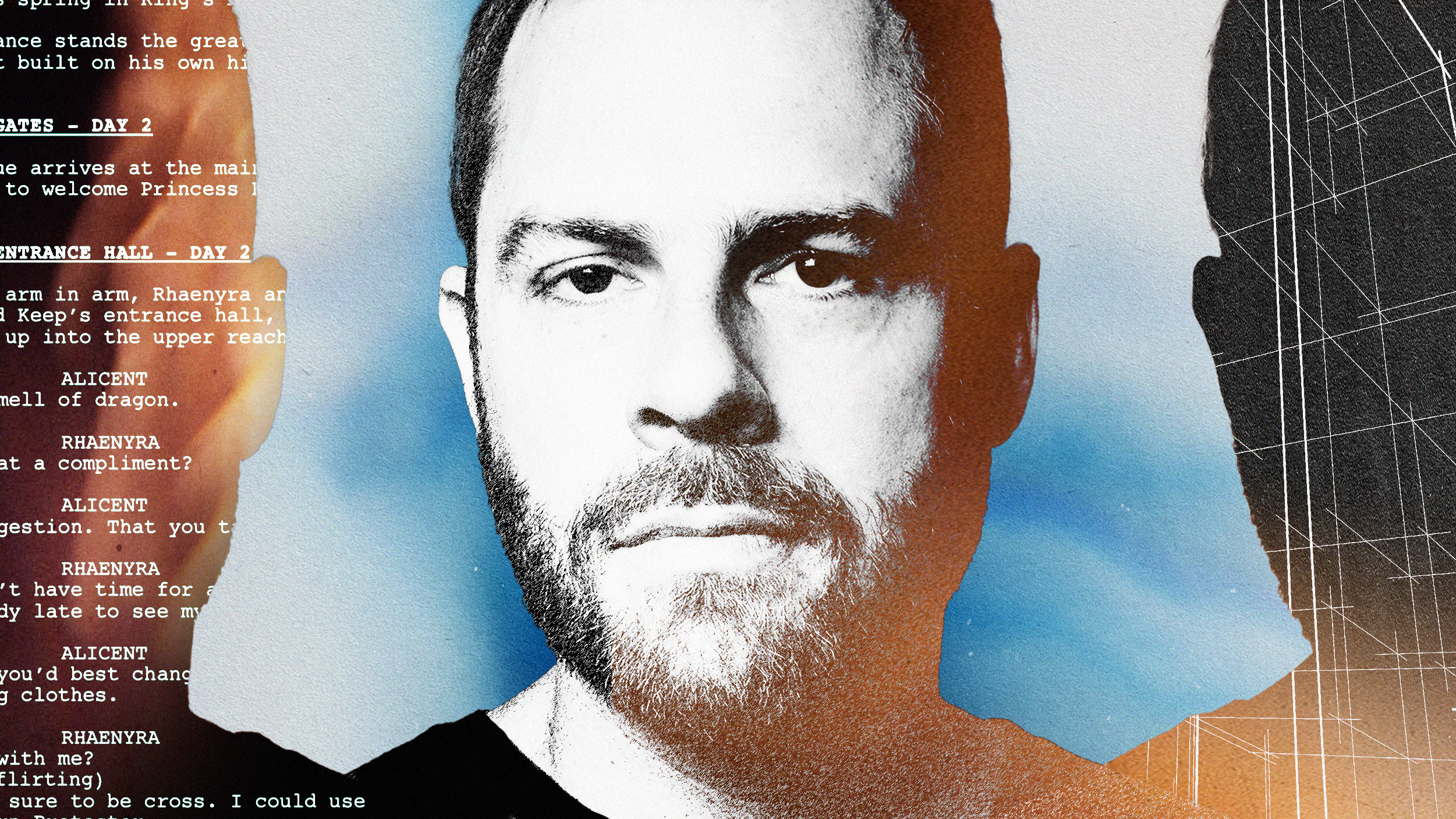A history of the American family, as told through television’s biggest sitcoms
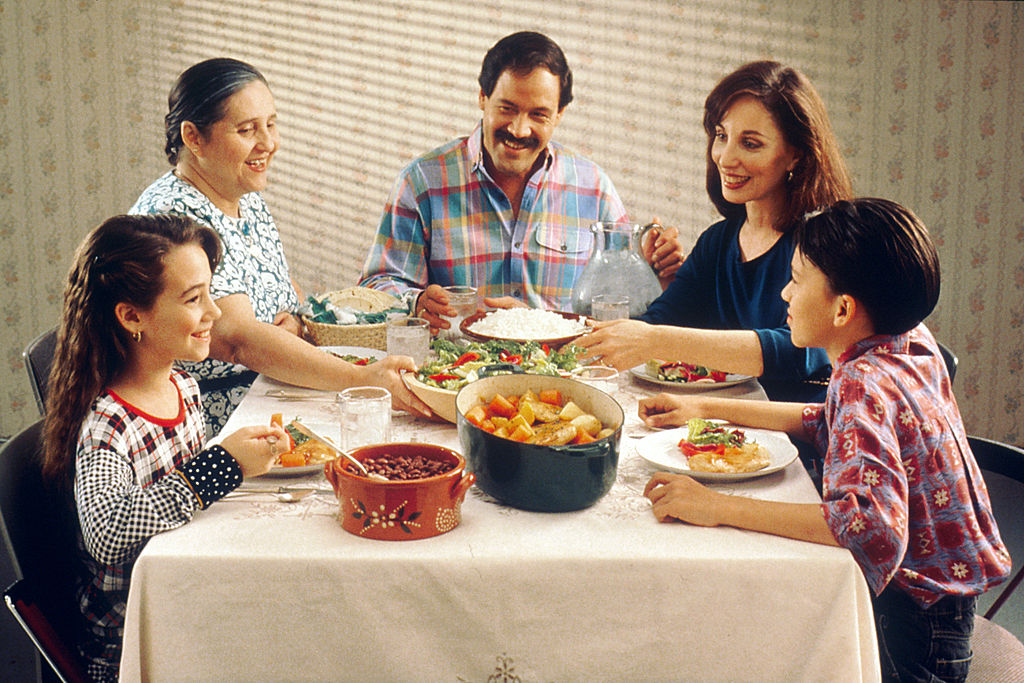
- Popular television shows are complicated records of the times in which they were produced.
- A comparison of sitcoms across decades reveals the ways in which American society has evolved.
- Where today’s TV families tend to be progressive and inclusive, those of the past resisted change at any cost.
Both the entertainment landscape and its viewing habits have changed drastically over the past few years. According to a study released earlier this year, the average American household currently subscribes to as many as four different streaming services.
These services provide content that’s tailored to the interests of each family member. Parents with a penchant for inoffensive, star-studded blockbusters might stick with Netflix, while their children would probably prefer the more kid-centered selection of Disney+. Where one person wants to catch the latest big release via HBO Max, another may stubbornly refuse to follow anything except the Criterion Channel.
The market, in other words, has become fragmented. However, in the golden age of television, that was not the case. During this time, televisions were much more expensive, and there were only a handful of channels. Each night families across the U.S. would tune in together. Because everyone watched the same thing at the same time, stations attempted to create programs that appealed to all sorts of viewers as opposed to one specific demographic.
Shows produced during this time period were a reflection of what market research considered to be the lowest common denominator: the middle class family. At times, this family lived in New York. At other times, they were out west. Most families were nuclear, but some also had a grumpy grandparent or a wacky neighbor. Typically, their struggles were presented in sitcom format, allowing the producers to conclude each and every self-contained plot line with a convenient reset button.
Initially, these “quintessential” American families were exclusively depicted as white and heteronormative, though these attributes would change with the passage of time, as would other aspects. This is because, at their core, television’s biggest sitcoms were reflections of their viewers, and their subjects and styles evolved alongside the zeitgeist they attempted to capture. Usually, culture was the driving force in this exchange. On occasion, though, sitcoms were known to take the lead as well, reshaping America in their image.
All in the Family
Sitcoms are a record of their time, meaning they often contain sentiments that modern audiences may experience as antiquated or offensive. This is especially true for All in the Family, a show that was considered required viewing back in the 1970s, but would never be allowed to air on televisions today.
Originally developed by CBS and first released in 1971, the show centers on a white, working-class household in Queens, New York. The head of this household is Archie Bunker, a prejudiced and judgemental World War II veteran with little patience or tolerance for those that don’t conform to his increasingly outdated social norms.
Described as a “lovable bigot” by contemporary critics and viewers alike, Bunker routinely butts heads with his hippie son-in-law, Michael Stivic. At best, Bunker accuses Michael, who wears flared jeans and lets his hair grow out, of involving his daughter in the counterculture movement of the 1960s. At worst, Bunker takes Michael’s progressive attitudes and caring nature as signs that he must be a closeted homosexual. The veteran never passes on an opportunity to make that connection, and openly refers to Michael as a “f**got.”
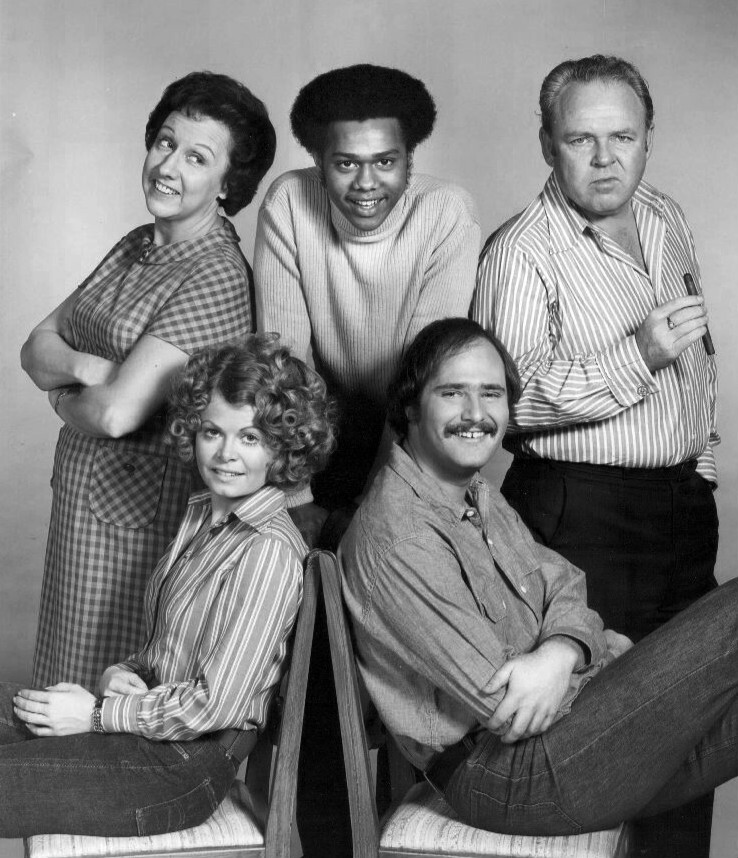
The extent of Bunker’s bigotry is sure to make any modern viewer uncomfortable, but it actually shocked people in the 1970s as well. Indiana Jones actor Harrison Ford, who was initially approached for the role of Michael, turned down the offer because he found the script to be too offensive. Similarly, ABC turned down the pitch because they thought it would be too controversial.
Despite opposition from industry heavyweights, All in the Family would go on to find tremendous success with audiences, airing for nine seasons and producing a handful of decently profitable spin-offs. In hindsight, this is anything but surprising, as the silent majority of Nixon-era America secretly identified with Bunker’s views, while those who couldn’t stand the character enjoyed watching his nefarious plans backfire. In the words of Atlantic writer Donald Brownstein, the show “condensed the ‘generation gap’ of the 1960s into a single living room.”
Married…with Children and The Cosby Show
Bunker was offensive, but most critics concur that he was not malicious. As numerous plot lines show, the character’s antagonistic behavior stems not from hatred but ignorance, an inability to adapt to the rapidly changing circumstances of his time. Each episode, Bunker would either grow as a person and be rewarded for his efforts, or remain the same and, as a result of this failure, get punished. This way, All in the Family stuck with the sitcom tradition of creating stories that had an underlying moral.
That tradition was almost completely thrown out of the window by the show’s spiritual successor, Married…with Children. Where All in the Family managed to retain an emotional core, Married…with Children, which aired 11 seasons from 1987 until 1997, was both cynical and sardonic in how it represented the American family. Al Bundy, its lousy patriarch, peaked in high school as captain of the football team. He laments his marriage to his spend-thrift wife Peggy, and is constantly annoyed with his dim-witted daughter and sex-crazed son.
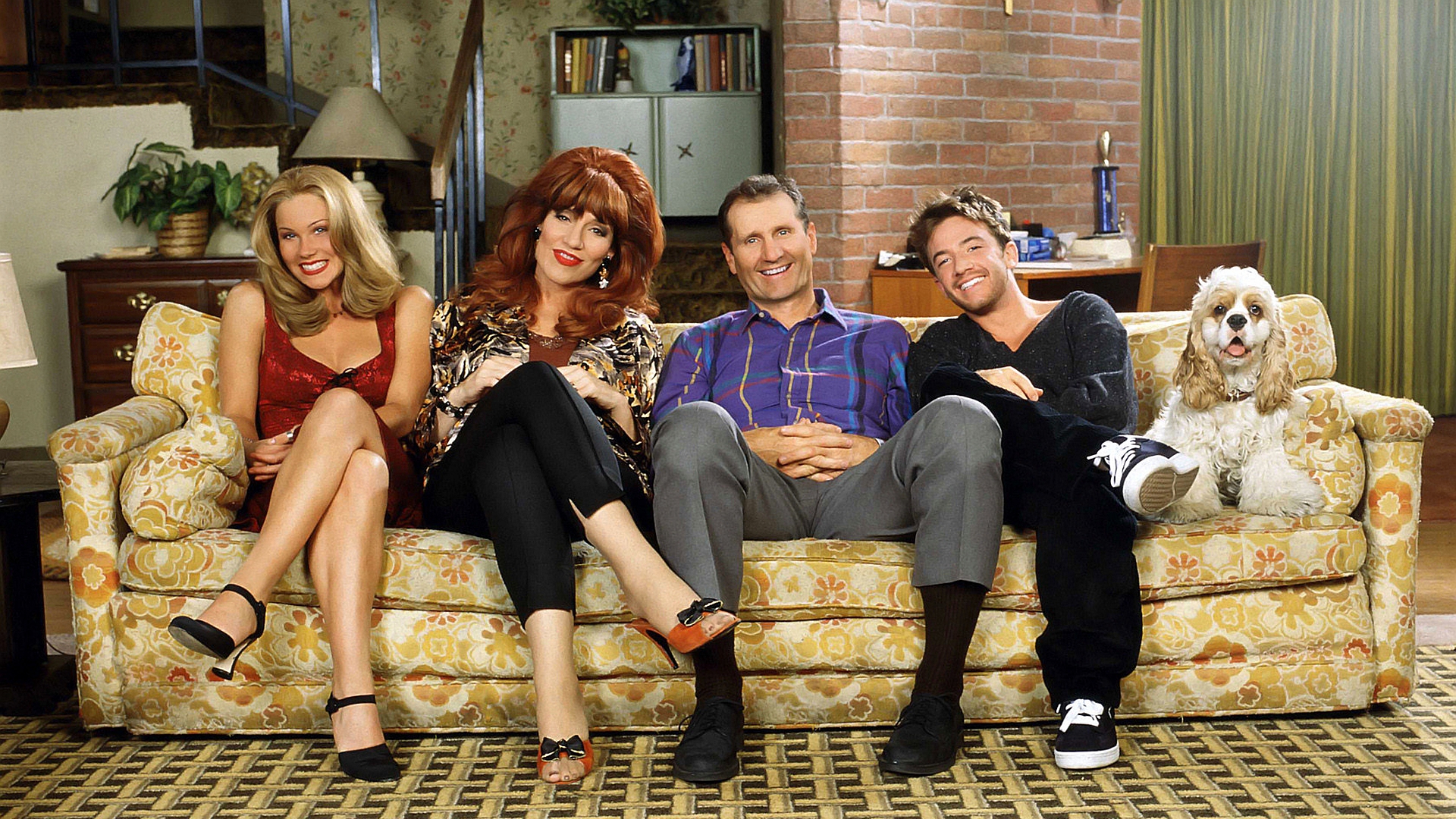
Married…with Children is a show of its time as well, as it clearly shows how the power relations within the American family were changing. During the days of All in the Family, patriarchs like Archie Bunker ruled their homes with an iron fist. In Married…with Children, things are different. Bundy, who earns a minimum wage as a shoe salesman, resides at the very bottom of the family food chain. His wife Peggy is in charge of the finances, sometimes spending his entire paycheck. Unlike her Bunker counterpart, she is anything but a submissive companion.
Part of this changing power dynamic may be contextualized by the economy. When Married…with Children was first released in the late 1980s, the country was recovering from a deep recession. The start of the decades saw unemployment numbers rise to heights they hadn’t reached since World War II, and many middle- and lower-class families saw a significant dip in their quality of life. Without financial security, the authority of the father was called into question, both by himself and his family members.
While Married…with Children was singularly nihilistic in its outlook, its contemporaries weren’t. The most commercially successful and culturally influential sitcom of the 1980s, Bill Cosby’s The Cosby Show, resembled All in the Family in that it also always aspired to end on a positive and constructive note. Released after the Civil Rights era, the sitcom drew attention for centering on a black, upper-class family in Brooklyn. This family portrait did not, as Anson Ferguson wrote in a study, “mirror the reality of the typical African American family,” but did dispel the racial stereotypes promoted by other sitcoms.
Modern Family and the future of sitcoms
Thanks to the success of shows like Cheers, Friends, and, of course, Seinfeld, few if any renowned sitcoms from the 2000s and 2010s have revolved around families. Community, The Big Bang Theory, and How I Met Your Mother focus on groups of friends instead. That’s not to say they are no longer records of their time. In one of their videos, The Take points out how in New Girl, which is set shortly after the 2008 recession, the main characters flounder well into their thirties. This is in stark contrast to Friends, which aired during a booming economy and saw its cast make astonishing advances in their careers.
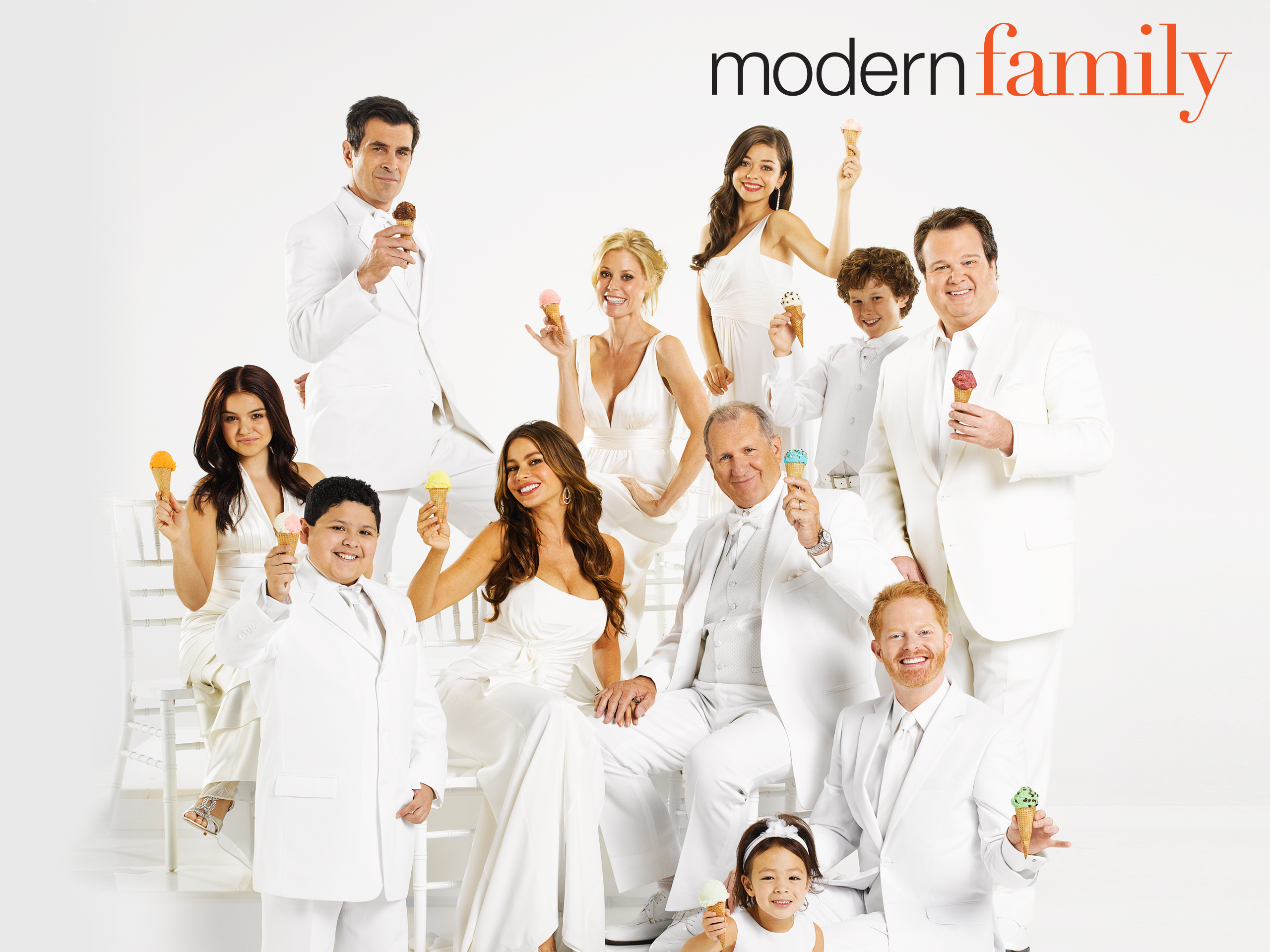
While family-oriented sitcoms are less common now than they once were, they have not disappeared completely. Of those that commanded considerable viewership, Modern Family might have proven to be the most significant. This show, which aired from 2009 to 2020, had an ensemble cast that tried to reflect the diversity of its own audience. The heteronormative nuclear family was joined by a homosexual couple with an adopted daughter. Also present was a commercially successful grandfather who had remarried to a Colombian woman almost half his age, and portrayed, no less, by the same actor that did Bundy.
In the weeks following the conclusion of its eleventh season, Modern Family would sometimes be referred to as the member of a “dying breed” of content. Most comedies that appear on streaming services today, like After Life or The Marvelous Mrs. Maisel, are either short or short-lived, and they appeal to niche audiences. While the family still plays a key role in some shows, like Fleabag, it is no longer at the forefront and its significance as a social institution is rarely evaluated.
For once, this development isn’t spurred by a change in the typical familial structure, but rather the structure of the entertainment industry itself. Because sitcoms no longer aspire to grab the attention of an entire country, their composition ceases to easily lend itself to broad, sociocultural analysis. “It’s going to be so much harder for a show to capture this country’s attention,” said Modern Family co-creator Steven Levitan in the article linked to above, “because [viewers] just have too many options now.”


